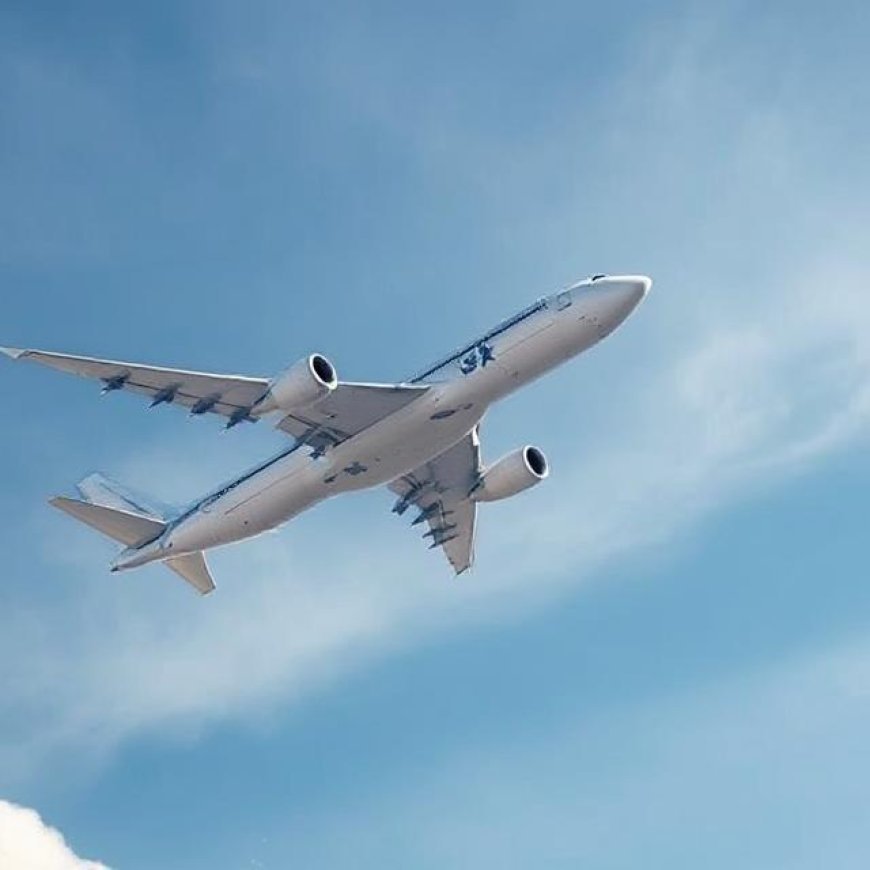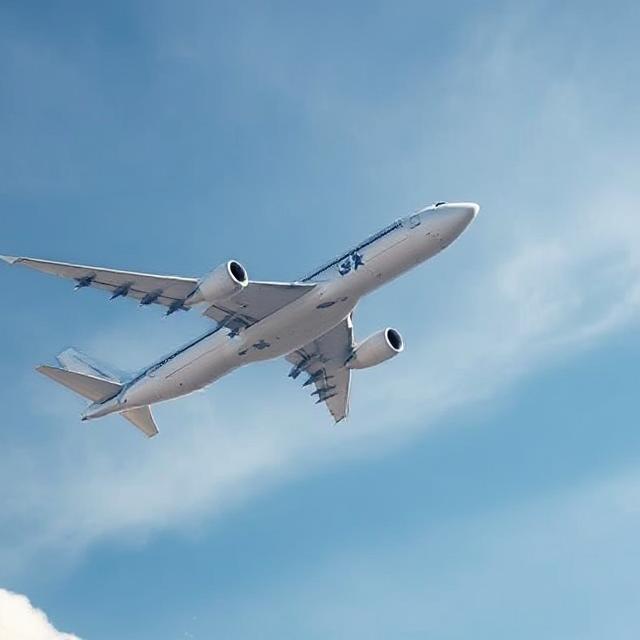EU Carbon Pricing Could Revamp in the Aviation and Tourism Sectors with a Massive Revenue Potential


The European Union has a chance to dramatically transform the aviation and tourism industries by expanding its carbon pricing mechanisms. A study by Carbon Market Watch estimates that extending the Emissions Trading System (ETS) to all intercontinental flights would increase revenues from aviation carbon pricing by up to ten times, with possible earnings of up to €1.1 trillion. This transformation could not only assist in the reduction of aviation’s environmental footprint but also propel long-term expansion within both industries, changing the experience for millions of travelers while supporting sustainable tourism.
Current Exemptions and Their Impact on Tourism
Despite aviation’s significant climate impact, many intercontinental flights to and from Europe remain exempt from the EU’s ETS. Currently, only intra-European flights are fully covered by carbon pricing rules, and even then, half of their emissions are exempt until 2026. This incomplete carbon pricing structure leaves much of the aviation sector unaccounted for, while also missing out on vital revenue that could support sustainable tourism initiatives. Extending the ETS to all flights, including private jets, would send a clear message to the tourism industry and travelers alike about climate responsibility and help make travel more sustainable.
Billions in Missed Revenue and Impact on Travel
Carbon Market Watch’s study suggests that by extending carbon pricing to include all intercontinental flights from or to Europe, the EU could generate €417 billion in tourism and aviation sector revenue by 2040, up from the €112 billion that is currently projected. But the potential for revenue goes beyond just numbers—it presents an opportunity to channel these funds into sustainable travel infrastructure, more eco-friendly travel options, and to mitigate airline emissions, which would have a direct impact on tourism.
The tourism sector, a major contributor to global economic growth, has a unique opportunity to reduce its carbon footprint. Carbon pricing can incentivize airlines to invest in greener technologies and encourage sustainable travel options for tourists, making destinations across Europe more appealing to eco-conscious travelers. The additional revenue could be used to create more accessible, cleaner, and greener travel options, significantly enhancing the overall travel experience.
Key Recommendations: Extending Carbon Pricing and Supporting Sustainable Aviation
The report by Carbon Market Watch urges EU policymakers to implement key reforms, such as:
- Extending carbon pricing to all departing flights from the European Economic Area (EEA) and ending exemptions for private jets, ensuring that the entire aviation sector contributes to the EU’s climate goals.
- Restricting the use of free emission permits and redirecting funds towards e-kerosene, a sustainable and carbon-neutral fuel. E-kerosene could revolutionize the aviation industry, allowing airlines to significantly reduce their carbon footprint, which would resonate well with eco-conscious travelers who are prioritizing sustainability when booking trips.
Focusing on e-kerosene as the cleaner alternative is vital for the tourism industry. As travelers demand more eco-friendly options, aviation companies will have to adapt to meet the growing desire for sustainable travel solutions.
Tourism’s Role in Carbon Pricing and the Green Shift
The shift toward sustainable tourism could also help offset the environmental impact of air travel. By integrating carbon pricing and supporting the adoption of sustainable fuels, airlines can make a real impact in reducing their emissions. This can help preserve destinations’ natural resources, making them more attractive to eco-tourists and bolstering sustainable tourism efforts. Furthermore, integrating carbon pricing into tourism development could encourage more local, environmentally conscious travel experiences, which benefit the economy while reducing negative environmental impacts.
The Rise of Eco-Conscious Travel
As travelers become increasingly aware of the environmental impact of their trips, destinations and airlines that prioritize sustainability will see increased demand. The EU’s carbon pricing reform could become a major catalyst for greener travel options, making it easier for travelers to reduce their carbon footprint. Airlines and destinations that adopt cleaner, greener technologies and fuel options will attract tourists who prioritize eco-friendly travel.
Additionally, integrating carbon pricing into tourism strategies can create a ripple effect in the hospitality sector. As more hotels, restaurants, and travel operators adopt sustainable practices, tourism will be better positioned to offer more responsible travel experiences, aligning with the increasing demand for eco-tourism.
Conclusion: A Greener Future for Aviation and Tourism
The EU’s overhaul of its carbon pricing scheme in 2026 is an important opportunity to make actual change in both the aviation and tourism sectors. By expanding carbon pricing to all flights and focusing on e-kerosene, the EU can free up valuable revenue that can be invested in sustainable tourism projects, enhance the holiday experience, and mitigate the sector’s role in climate change. This transition is a win-win situation—mitigating greenhouse gas emissions while keeping the tourism industry booming in a more sustainable manner.
In the future, a strong carbon pricing mechanism can pave the way for more sustainable travel choices, transforming the world of tourism and guaranteeing that subsequent generations can travel the world without causing it to decay. The future of travel is green, and the EU has the capability to drive this change with its greener and more responsible tourism vision.
The post EU Carbon Pricing Could Revamp in the Aviation and Tourism Sectors with a Massive Revenue Potential appeared first on Travel And Tour World.






